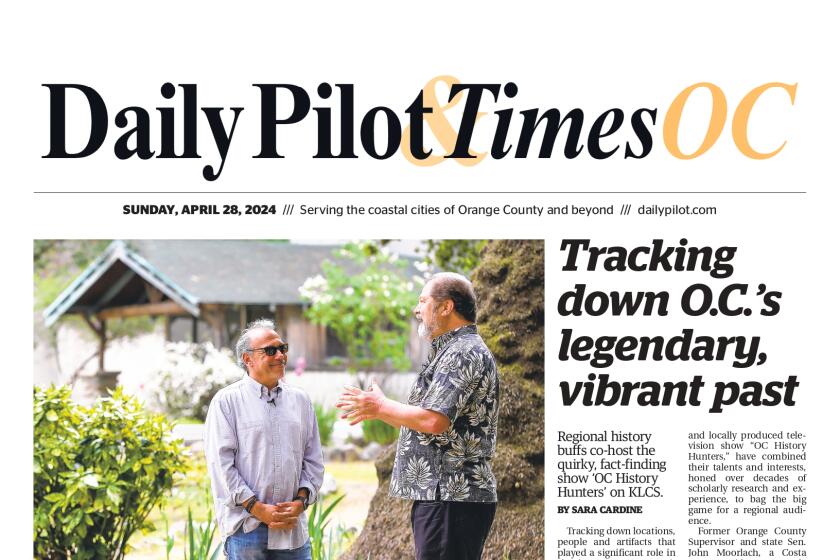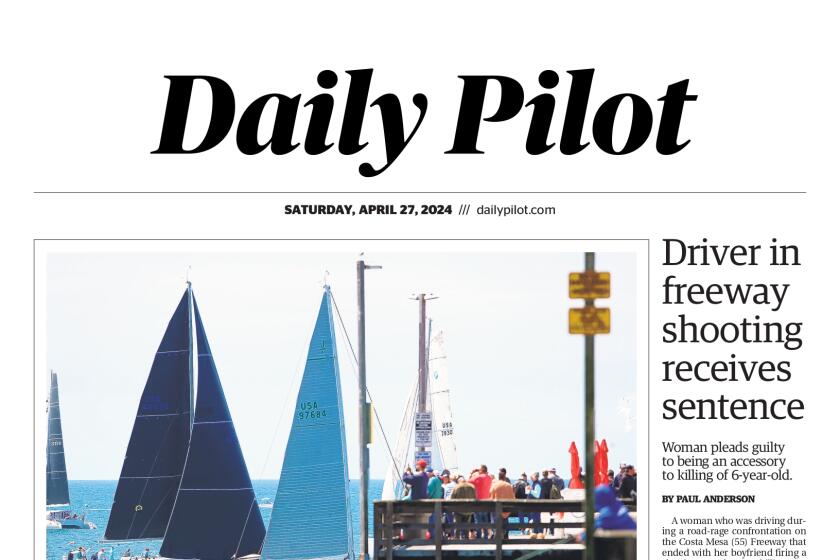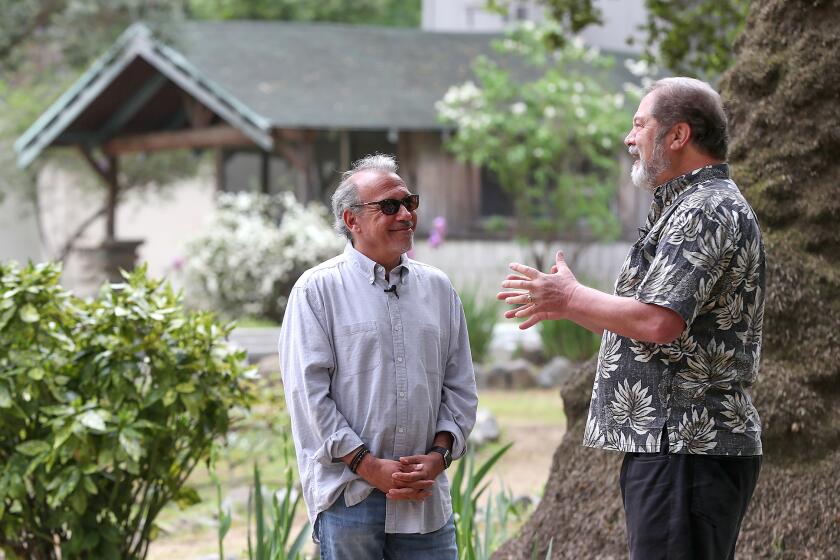Sober-living home can remain open after Costa Mesa council backs owner’s appeal for permit
A Westside Costa Mesa sober-living home can remain open after City Council members voted Tuesday night to grant its operator a needed permit.
The council voted 3-2, with members Allan Mansoor and Jim Righeimer opposed, to approve a special use permit allowing a sober-living home to operate with six or fewer residents at 2152 Raleigh Ave.
Owner Gregg Ohlhaver has operated the property for more than a decade under the name Keystone Sober Living.
The council vote, which came near the end of a meeting that lasted more than seven hours, was greeted with applause and cheers from the home’s supporters.
Tuesday was the first time the council had heard an appeal regarding a permit for a sober-living home. Such facilities typically house recovering alcohol and drug addicts who are considered disabled under state and federal law.
In November, the city Planning Commission denied Ohlhaver’s permit application, saying his property runs afoul of a city ordinance requiring that sober-living homes with six or fewer occupants in single-family neighborhoods be at least 650 feet apart.
Two state-licensed alcohol- and drug-abuse treatment facilities on Governor Street are within 650 feet of Ohlhaver’s property, according to city staff.
However, on hearing Ohlhaver’s appeal Tuesday, council members said he appears to be a good operator and noted that Keystone has been around much longer than the other facilities, which were licensed in 2015.
“I think under these very unique circumstances — and I think they probably are unique — it would be profoundly unfair to take away a business that’s been in the community in good standing since 2004, well before the recent boom of sober-living homes,” said Councilman John Stephens, who participated in the council meeting via teleconference from Chicago.
Mansoor, however, replied that it would “be profoundly unfair to the [neighboring] residents to allow group homes within 650 feet.”
“We all know people, whether family or friends, someone who’s going through drug addiction, and I empathize with that, I really do,” he said. “It’s not an easy decision up here.”
Righeimer said he fundamentally opposes allowing a smaller separation between sober-living homes.
“You go down this slippery slope ... when you start deciding what a good operator is and a bad operator is,” he said.
Ohlhaver said most of the residents who go through Keystone are local and stay for long periods of time — months or even years.
The residents are required to work, he added, and pay rent of $180 a week.
“I’m just wondering why I’m even here,” he told the council. “I operate a place so that we don’t have problems and we have good success there.”
Several former residents testified to that Tuesday, saying Keystone provided them with resources and the foundation to combat their addictions and become productive citizens.
Some people who live near the property, however, said they’re concerned about how the operation will affect their quality of life.
As part of a set of new rules adopted last month applying to operators of local group and sober-living homes, council members specified that they and the Planning Commission can deviate from the city’s 650-foot buffer requirement as long as doing so doesn’t create an over-concentration of similar facilities in a specific area.
Mayor Katrina Foley said she thinks Ohlhaver’s property is “a unique situation” and said she’s more concerned with proliferation of state-licensed facilities on Governor Street.
Earlier in Tuesday’s meeting, the council approved a $163.2-million city budget that includes funding for a state employee who will operate out of City Hall as a group-home inspector.
“I do think that the state inspector being housed in Costa Mesa will help us prevent what has happened on Governor Street from continuing, because basically they’re just rubber-stamping applications — not looking at context, not looking at proximity or how some of these licensed facilities are overtaking a neighborhood,” Foley said.
Twitter @LukeMMoney
All the latest on Orange County from Orange County.
Get our free TimesOC newsletter.
You may occasionally receive promotional content from the Daily Pilot.




